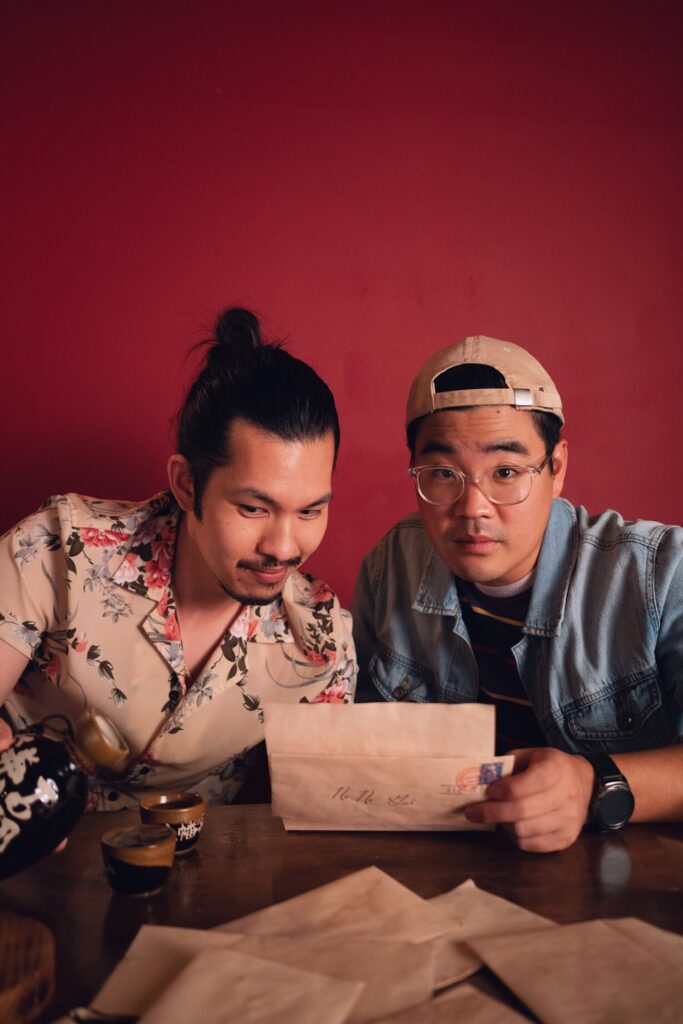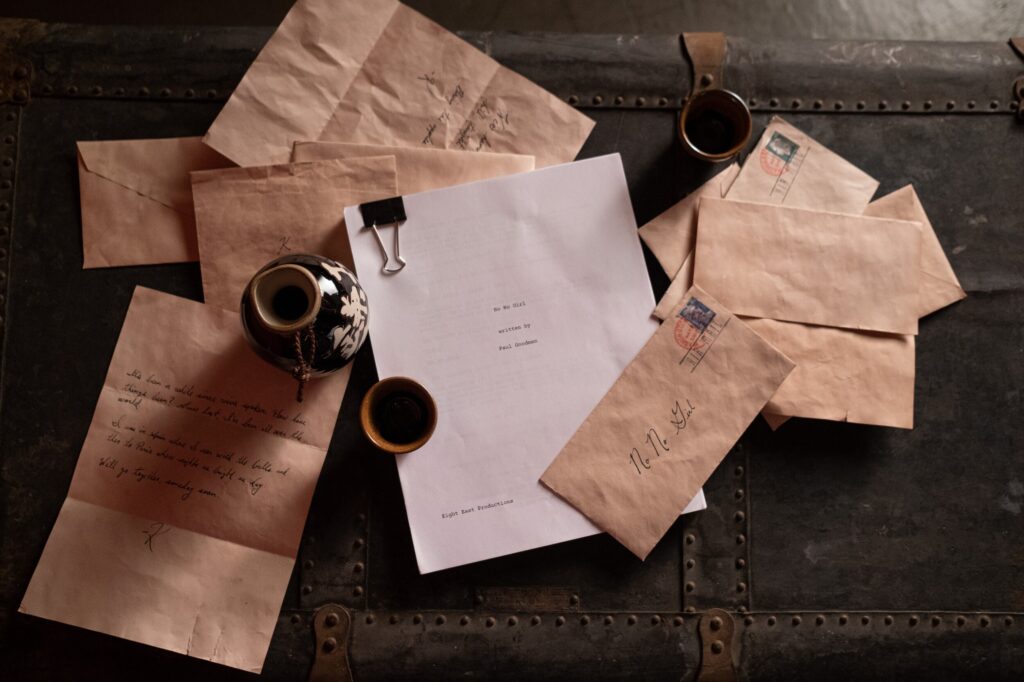by Jake Chang, AsAmNews Intern
It’s hard for many Japanese Americans to talk about their incarceration during World War II. A new film called “No No Girl” is taking on the weight of that generational trauma. It spins a tale of survival, ancestry, and family dynamics while highlighting the repercussions of the Japanese internment camps.
The movie centers around a Japanese American woman, Sue Hasegawa (Mika Dyo), who discovers heirlooms buried in their backyard by her grandparents, 80 years after the eve of internment. In a family with life-long secrets, Hasegawa struggles whether to recover the truth of their past or respect her uncle’s wishes to leave it alone.
“No No Girl” features an all-Japanese American cast that includes Academy Award winner Chris Tashima, who plays opposite to Dyo as Uncle Bob. The film was released earlier this year and is currently holding screenings across the country.
AsAmNews spoke with writer and director Paul Daisuke Goodman about his lived experience as a fourth-generation Japanese American in southern California and the tight-knit relationships formed between the community.
“We all knew of stories like “No No Girl” where in the wake of Japanese American incarceration, things were buried or lost or destroyed in that chaotic time,” Goodman said.
“Even today is kind of how I felt about me and my sibling, Laurie, growing up fourth-generation Japanese American and just seeing how the camps affected each generation before us, and then how it still affects us today 80 plus years later.”
When production was shooting family scenes, Goodman said the characters would talk over each other in a way that felt natural to the dynamics of Japanese American families today in avoidance of revisiting trauma.
“People don’t like to talk about trauma, they don’t like to relive those experiences,” Goodman said. “So the things that they went through became a wall between the younger generations and the older generations where the younger generation is thirsty for information.”
“They want to know who they are and where they came from and learn about themselves, whereas the older generations, especially for Japanese American kids, were told to assimilate and forget their Japanese American heritage, because that only led to incarceration.”

The legacy of ancestors is a theme of Goodman’s film. He credits his own grandparents’ lives in internment camps as inspiration for scenes in the movie.
Notably, the film starts off with a picture of the Hasegawa family, where Goodman photoshopped a picture of his own grandmother in the middle of the family portrait as the focal point of the narrative. Goodman also used the real 442nd Infantry Regiment military uniform with a “Go For Broke” patch that his grandfather stitched as one of the heirlooms.
“So both of my grandparents, if any part of me was to dedicate this to someone, it would be both of them,” Goodman said. “And they’re well represented within the film.”
Goodman also faced his own story of survival while writing the film. As a two-time cancer survivor, he found passion in narrative storytelling through film while undergoing treatment and pursued this dream with the creation of his production company Eight East Productions.
“‘What do I need to do to have a good life now?’ That was my thought to shift to do what I was most passionate about that I couldn’t do yet was start making narrative, storytelling narrative films,” Goodman said. “So I made two short films and my first feature film within those first three years of chemotherapy.”
During the pandemic, Goodman’s cancer relapsed, requiring him to also undergo radiation and a bone marrow transplant. The intensity of this treatment caused Goodman to go into “survival mode,” where he sought to express what he wanted to get off his chest and heart in case something happened.
“Physically, I was just destroyed. The bone marrow transplant was extremely painful. But I did have the script and I knew I had another opportunity to make a movie. I wasn’t going to waste any time,” Goodman said. “So I got to it. Six months after I was discharged from the hospital, we were on set shooting ‘No No Girl.’”
The filmmaker thanks the support group and crew he had during production of “No No Girl.” Goodman stated that while there were obstacles during the movie’s making, there were plenty more successes, especially Tashima’s involvement as part of the cast.
“Once he [Tashima] was on the project, nothing else gives you more confidence than one of your idols stepping into a project of yours and having the confidence to say, ‘I think this is going to be a great movie. I want to be a part of it,’” Goodman said. “When he was on board, things really started moving quickly. That’s when we were able to build the faith and the trust from the community and from our crew.”
“No No Girl” is currently making the rounds in the film festival circuit, notably winning the Audience Choice Award at the Silicon Valley Asian Pacific FilmFest and screening at the DC Independent Film Forum this week.

“Many people are saying, ‘I’ve never seen this story told,’ and they’re interested to learn more, which I think is really incredible,” Goodman said.
The movie has also offered screenings at community centers and churches, where Goodman states has received positive feedback.
“There’s no modern day interpretation of the concentration camps, but now there’s ‘No No Girl,’” Goodman said. “It seems like many people are looking for a story to tell or looking to relate to a story about our experience today as Japanese Americans dealing with the trauma of that past. So hopefully, the movie continues to serve that purpose and help bring these communities together.”
While the production of “No No Girl” is finished, Goodman sees this as the beginning of more ventures into representative Japanese American stories and stories from his childhood. Goodman also wants viewers to keep an eye out for more of his company’s productions.
“There’s such a rich tapestry that we grew up with that needs to be told and recognized, and I feel like I’m in a really unique place to be able to be the one to bring these stories to a bigger audience and a big screen. I’m ready to step up and make that possible.”
AsAmNews is published by the non-profit, Asian American Media Inc.
We are currently funded by our readers and such charitable foundations as the Robert Wood Johnson Foundation, AARP, Report for America/GroundTruth Project & Koo and Patricia Yuen of the Yuen Foundation.’
Find additional content on Bluesky, Facebook, Instagram , Tiktok, X, and YouTube. Please consider interning, joining our staff, or submitting a story, or making a tax-deductible donation.
You can make your tax-deductible donations here via credit card, debit card, Apple Pay, Google Pay, PayPal and Venmo. Stock donations and donations via DAFs are also welcomed. Contact us at info @ asamnews dot com for more info.


